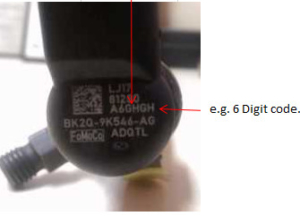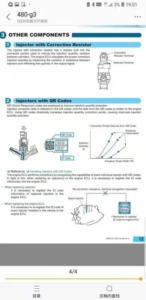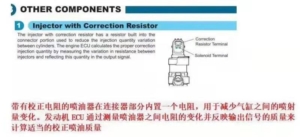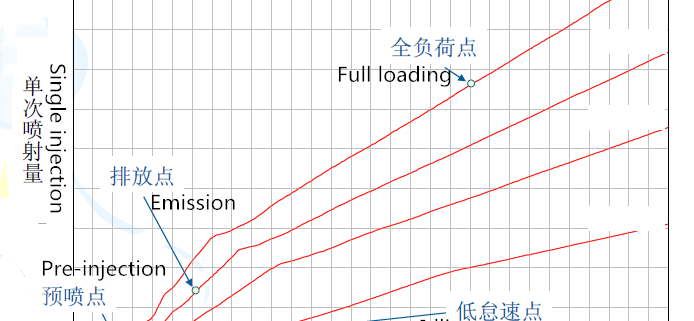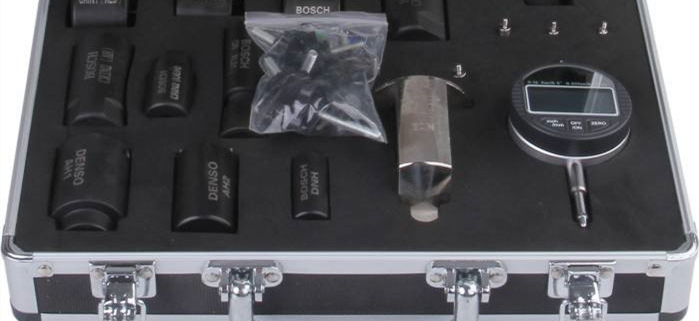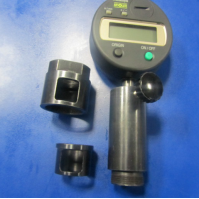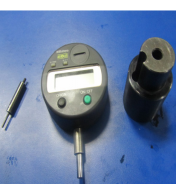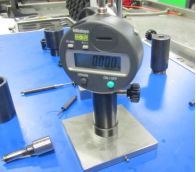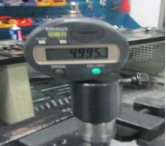Symptoms of insufficient engine power: It is reflected in the acceleration performance and climbing ability, especially in the case of heavy load, the engine power is obviously insufficient, the accelerator is soft, and the speed of the vehicle cannot be increased rapidly; the exhaust is dull, the driving is weak, and the fuel consumption increases linearly… Sudden and strong, usually mainly rely on the driver’s feeling to judge.
The following introduces the causes of insufficient power and troubleshooting methods:
01
The “gas” problem
Intake system failure
Intake system: air filter – intake pipe – supercharger – intercooler – combustion chamber
(1) The air filter is clogged
The blockage of the air filter causes the intake resistance to increase and the amount of air entering the cylinder to decrease, resulting in incomplete diesel combustion and insufficient engine power.
Maintenance suggestion: Regardless of whether the air filter is wet or dry, the air filter core should be cleaned frequently or the dust on the paper filter element should be removed, and the filter element should be replaced if necessary to ensure that the air filter is clean. In spring, there are many willow catkins in the air, which can easily block the filter element. It should be checked more and cleaned up in time.
(2) The connecting pipes of the air system are worn and the joints are loose
The supercharged diesel engine relies on the exhaust pressure to blow the turbine to drive the pump wheel to rotate at a high speed and deliver compressed air to the intake duct. Guaranteed engine power. Therefore, the intake and exhaust systems of supercharged diesel engines must be completely sealed. If the exhaust pipe or joint leaks, the exhaust pressure will drop, the speed of the supercharger will drop, the intake pressure of the engine will decrease, and the engine power will naturally drop. If the air intake system includes the intake duct, the inter cooler and the joints, if the air leaks, then although the intake pressure provided by the supercharger meets the standard, the amount of air that actually enters the engine will be obviously insufficient, which will reduce the engine power.
This kind of failure also often occurs on new cars. After the new car has been running for a period of time, the pipeline will continue to expand and contract when exposed to heat, and the joints are easily loosened.
Maintenance suggestion: The driver should regularly check the pipeline and the connection, if there is any looseness and tightening; the new car should be compulsorily maintained after a period of use.
(3) Air cooling system
The inter cooler box and the water tank are adjacent to each other. Over time, the two components will interfere due to deformation and displacement, which is easy to cause the wear of the inter cooler box, resulting in air leakage and reduced air pressure.
Maintenance suggestion: The air leakage of the intercooler should be repaired at the designated service station of the OEM, and the intercooler should be replaced if necessary. Usually, the driver should check the inter cooler frequently, check the deformation and interference, and maintain it regularly.
02
The “diesel fuel” problem
fuel intake system failure
Fuel inlet system: fuel tank – fuel pump – primary filter – fine filter – fuel injection pump – fuel injector – combustion chamber.
(1) The diesel filter is blocked
The debris in the oil causes the diesel filter to be blocked, causing the diesel flow resistance to increase, the amount of oil entering the high-pressure pump to decrease, and the amount of diesel injected into the cylinder to decrease accordingly, resulting in insufficient output power of the diesel engine.
Maintenance suggestion: Check and clean the diesel filter element frequently, and replace it if necessary. The diesel filter should be replaced after driving 10,000-12,000 kilometers to ensure that the diesel filter is clean.
(2) The fuel inlet pipeline is blocked and the bend is dead
The low-pressure oil circuit is blocked or the diesel pipeline is bent, causing the oil circuit to be blocked and the diesel flow resistance to increase.
Maintenance suggestion: Check and re-install the low-pressure diesel pipeline, replace the pipe fittings if necessary, and ensure the diesel pipeline is unobstructed.
(3) Wear of the oil pump
The piston of the oil transfer pump is worn, resulting in insufficient pressure, small oil absorption, and the oil supply cannot keep up.
Maintenance suggestion: regular maintenance of the oil transfer pump
03
Problems with the electronic control system
The failure of the electronic control system leads to the lack of engine power, which has become a common sudden phenomenon, and there is no warning – any small problem such as poor wire contact, sensor damage, and excessive sensor gap may lead to failure.
Learn about:
Electronic control reasons
(1) The throttle position sensor is faulty. For example, the throttle valve is too dirty, the sensitivity is decreased, and the response is slow.
(2) The air flow sensor is faulty. If the detected data is inaccurate or there is fouling on the hot line of the air flow meter.
(3) The coolant temperature sensor is faulty. If the temperature of the coolant cannot be reflected correctly, an error signal is provided.
(4) The intake pipe pressure sensor is faulty. If the signal cannot be output, the computer keeps the engine running according to the preset signal, but the preset signal cannot be adjusted with the change of the vacuum degree, resulting in the deterioration of the engine performance.
(5) The crankshaft position sensor and the camshaft position sensor are faulty. If the speed signal cannot be transmitted correctly, it will cause the engine to ignite incorrectly.
(6) The Hall sensor is faulty. If the computer does not work well, the fuel injection time is too long. After the oxygen sensor detects it, the computer will reduce the fuel injection pulse width and make the mixture thinner, resulting in poor engine operation.
(7) Poor circuit contact. Such as poor contact of the connector terminals on the side of the injector wiring harness, poor contact of the ground wire, etc.
(8) Assembly errors.
Repair suggestion:
Power on self-check, the fault light will flash to show the fault condition. The driver is advised not to move, and if the vehicle can continue to drive, find a nearby maintenance station of the OEM to troubleshoot the problem. In addition, many drivers have the habit of flushing the engine with water, which should be avoided, because it is easy to cause the electronic control components around the engine to fail.
04
Problem with the engine itself
(1) Valve wear
After a long period of action and wear between the engine valve rocker arm and the valve, the gap will become larger and larger. If the gap is too large, the intake air volume will be insufficient, and the exhaust volume will be insufficient, which will affect the combustion and work of the diesel engine, resulting in insufficient power output of the diesel engine.
Maintenance suggestion: The valve clearance should be adjusted regularly to make it reach the specified value. Some drivers who understand maintenance can make adjustments by themselves. If you don’t understand, don’t tamper with it, and ask professional repairmen to help you adjust.
(2) Engine wear
There are sand and soil debris in the engine air chamber, poor oil lubrication, and high or low water temperature (normally 80~90 degrees Celsius), which will cause the piston ring and cylinder liner to wear and tear. Over time, the wear is too large, and the cylinder compression pressure will be low. , the fuel combustion is insufficient, reducing the effective output power of the diesel engine.
Maintenance suggestion: a comprehensive maintenance should be done when the vehicle travels 40,000 to 50,000 kilometers, and each part of the engine should be maintained.
Maintenance reminder: Poor fuel quality may also cause engine power failure. Vehicle diesel engines are required to burn diesel fuel with a cetane number greater than 45, and diesel fuel below this standard has poor combustion characteristics. Drivers should try to choose large regular gas stations to replenish fuel.
Track summary:
There are various reasons for the lack of power. In many cases, the problem of lack of power will disappear after the fault is eliminated. There are also times when there is no problem with the car itself, but the driver reports that the power is insufficient and wants to increase the power.
The problem of slow acceleration of the truck, and the driver’s unhappy driving, can be solved in two ways in the past:
The first is to adjust the fuel injector by the fuel injector test bench, increase the fuel injection volume of the fuel injector, generally increase the fuel injection volume of the pre-injection point, and adjust the fuel injection volume. This method is technically difficult and difficult to operate. Just blowing smoke.
The second one is to install a horsepower amplifier, which has obvious side effects, such as increased fuel consumption, smoke from the vehicle and even burn out the engine.




